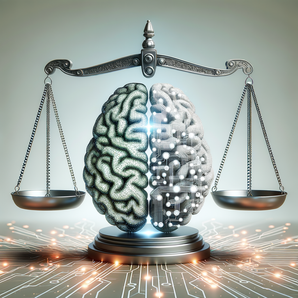Enhancing Reasoning Abilities in Large Language Models with a Novel Technique
Enhancing Reasoning Abilities in Large Language Models with a Novel Technique
Artificial Intelligence progresses relentlessly, providing cutting-edge developments that reshape our understanding of machine learning. One significant stride is a technique that bolsters the reasoning capabilities of large language models (LLMs). By fusing natural language processing and programming, this innovation empowers Large Language Models to tackle numerical, analytical, and language-based tasks with unforeseen transparency.
Large language models like OpenAI's GPT-3 and Google's BERT have already shown remarkable abilities to interpret and generate text that seems incredibly human-like. Their inherent capabilities have been used across various sectors, including healthcare, customer service, and education.
The new method allows these models to expand their problem-solving capabilities significantly. It goes beyond deciphering and constructing meaningful sentences; the technique enables the models to solve numeric and logical problems, effectively bridging the gap between programming and natural language processing.
Remember the days when AI was mostly about recognizing patterns and slightly more sophisticated versions of "if-then" rules? Those days are potentially becoming history—the new combination of natural language processing and programming heralds a significant turn in AI development. The models now not only absorb and comprehend massive volumes of text but also interpret and solve intricate problems.
However, while this breakthrough brings us closer to more intelligent AI, it's important to remember the complexity of the task. AI is not yet fully autonomous and relies heavily on human input. Collecting, cleaning, programming, and testing data are just some of the intricate steps involved in making this technique work. But while the process may be complex, the preliminary results are intriguing and could herald a brave new world of AI capabilities.
Before adopting this technology, organizations must be mindful of the ethical implications. AI development often moves faster than legal or ethical guidelines can keep up with, and misuse remains a significant risk. To ensure transparent and responsible AI use, organizations need to uphold the ethical guidelines and legal requirements currently in place. But with appropriate responsibility and caution, the future for AI powered by this novel technique looks bright indeed.
Disclaimer: The above article was written with the assistance of AI. The original sources can be found on MIT News.




